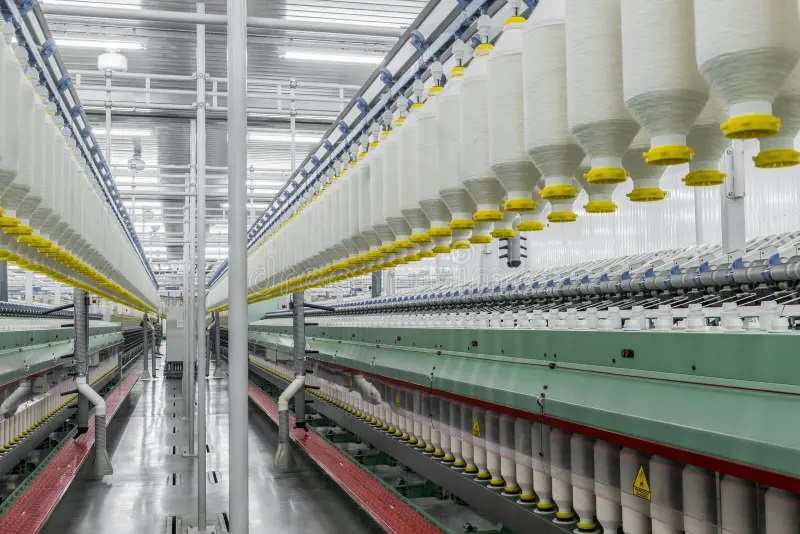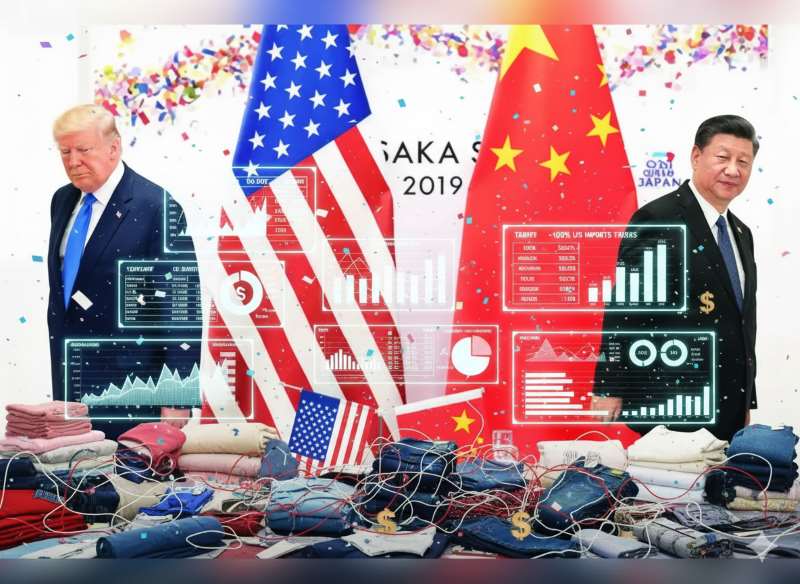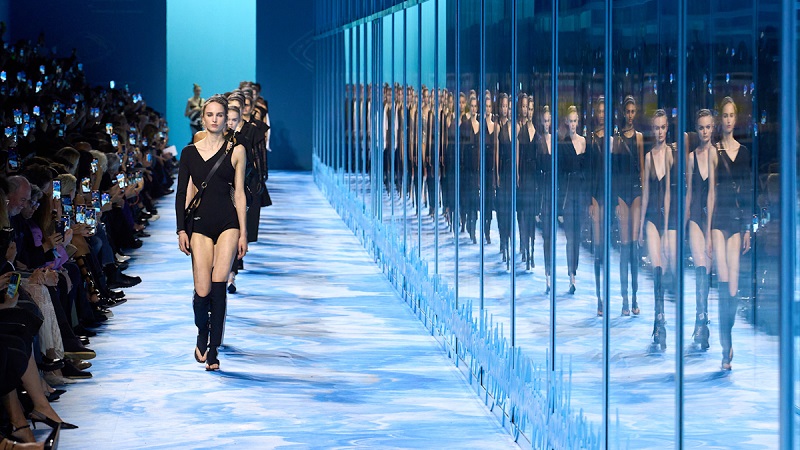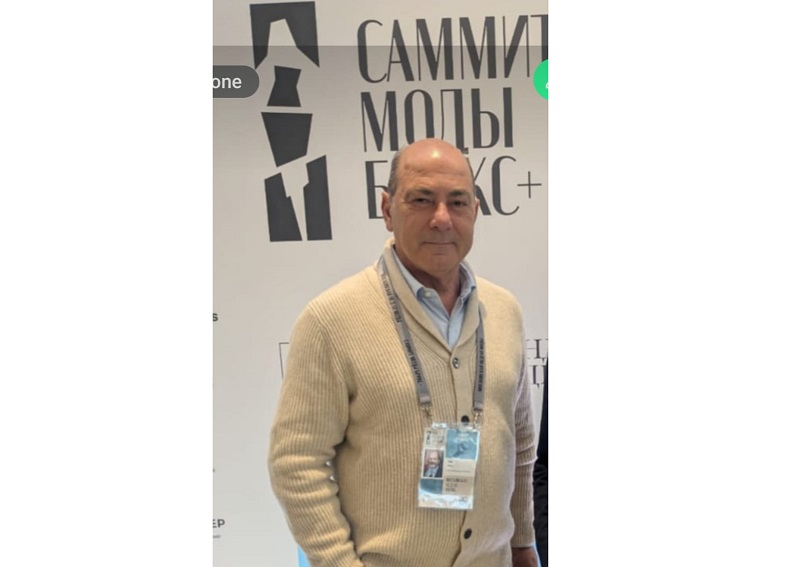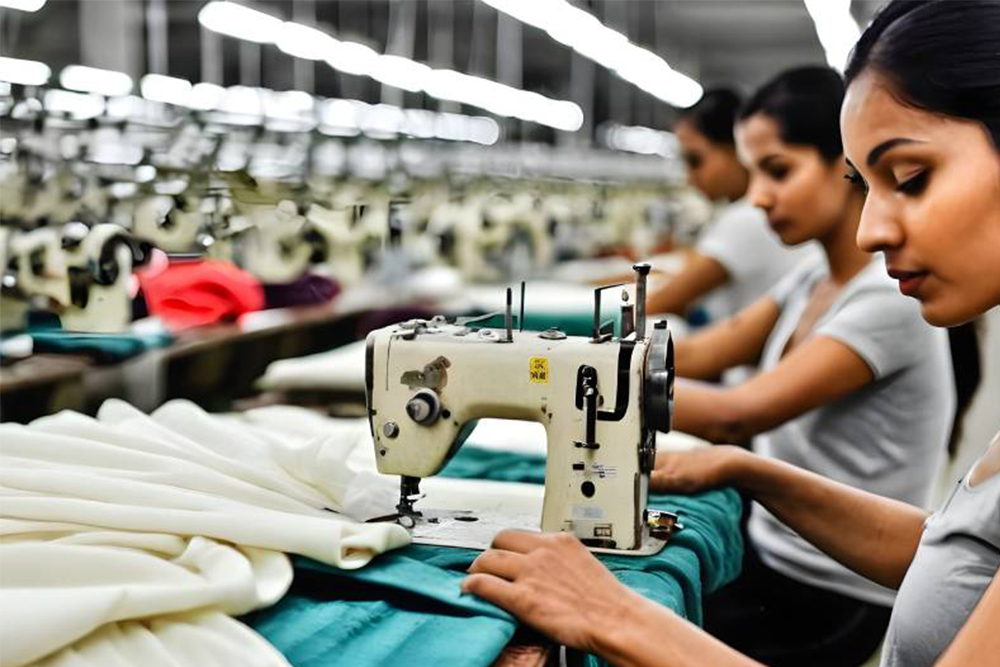
A recent report by Avendus Spark paints a picture of a textile, apparel, and fashion retail sector in India on the cusp of recovery. While there are positive signs, cautious optimism is the watchword as the industry navigates a complex post-pandemic landscape.
Cautious optimism
While the report indicates a clear path to recovery, it also underscores the challenges faced by the sector. The industry is experiencing a resurgence, but the journey is far from smooth. While order books are gradually filling up, the pace is slower than pre-pandemic times, leading to shorter order cycles. The report attributes this cautious outlook to factors such as global economic uncertainties, geopolitical tensions, and evolving consumer preferences. Despite these headwinds, the sector is demonstrating resilience, with several segments showing promising growth trajectories.
The report highlights that global retailers and brands have seen their inventory levels return to pre-COVID levels, indicating a pick-up in demand. However, there's a caveat. Apparel manufacturers are yet to see a significant boost in order book momentum. This ‘cautious optimism’ suggests that order cycles might remain shorter than usual in the near future.
Cotton spinners see volume growth
One bright spot is the cotton spinning segment. Lower global cotton prices have benefitted Indian spinners, leading to a surge in volume sales. The industry's revenue grew almost 8 per cent in the last quarter of FY24 (Q4 FY24) compared to the previous year. However, a 5 per cent decline in yarn prices limited the overall value growth. Analysts expect value growth to catch up with volume growth soon as cotton prices stabilize.
Man-Made Staple Fiber (MMSF) segment witnessed a 5 per cent year-on-year revenue growth, but pricing pressures from cheaper imports limited volume expansion. Capacity constraints have also hindered growth, but upcoming capacity additions and the Production Linked Incentive (PLI) scheme are expected to boost the segment.
Home textile companies, on the other hand, are clear winners. The report states they witnessed a stellar performance in Q4 FY24 with a 16 per cent value growth, driven by strong demand and increased exports. This is further exemplified by India capturing a record-breaking 62 per cent market share in US cotton sheet imports. Fabindia, the leading Indian retailer of home textiles and apparel, serves as a real-world example of this trend. The company reported a significant increase in sales of bedsheets, towels, and other home textile products during Q4 FY24.
The report delves into the women's apparel market, which is valued at Rs 1 trillion and growing at an 11 per cent annual rate. The shift towards branded apparel is even more pronounced, growing at around 20 per cent per year. This trend is driven by increasing female workforce participation, rising disposable incomes, and evolving consumer preferences.
Challenges galore
Despite the positive trends, the industry faces several challenges, including pricing pressures due to cheaper imports from countries like China and Bangladesh. Capacity constraints have also limited growth opportunities for MMSF players.
However, the report also identifies several opportunities. The growing middle class, increasing disposable incomes, and changing consumer preferences are driving demand for branded and fashion-forward apparel. Moreover, the government's focus on textile and apparel exports through initiatives like the PLI scheme offers potential for growth.
The Avendus Spark report offers a nuanced view of the Indian textile, apparel, and fashion retail sector. While recovery is underway, challenges persist. "The industry is in a wait-and-watch mode," says an analyst at Avendus Spark. "Success will depend on factors like sustained demand growth, managing input costs, and navigating a competitive global market. However, the inherent strengths of the Indian textile sector, coupled with government initiatives, position it well for future growth."




